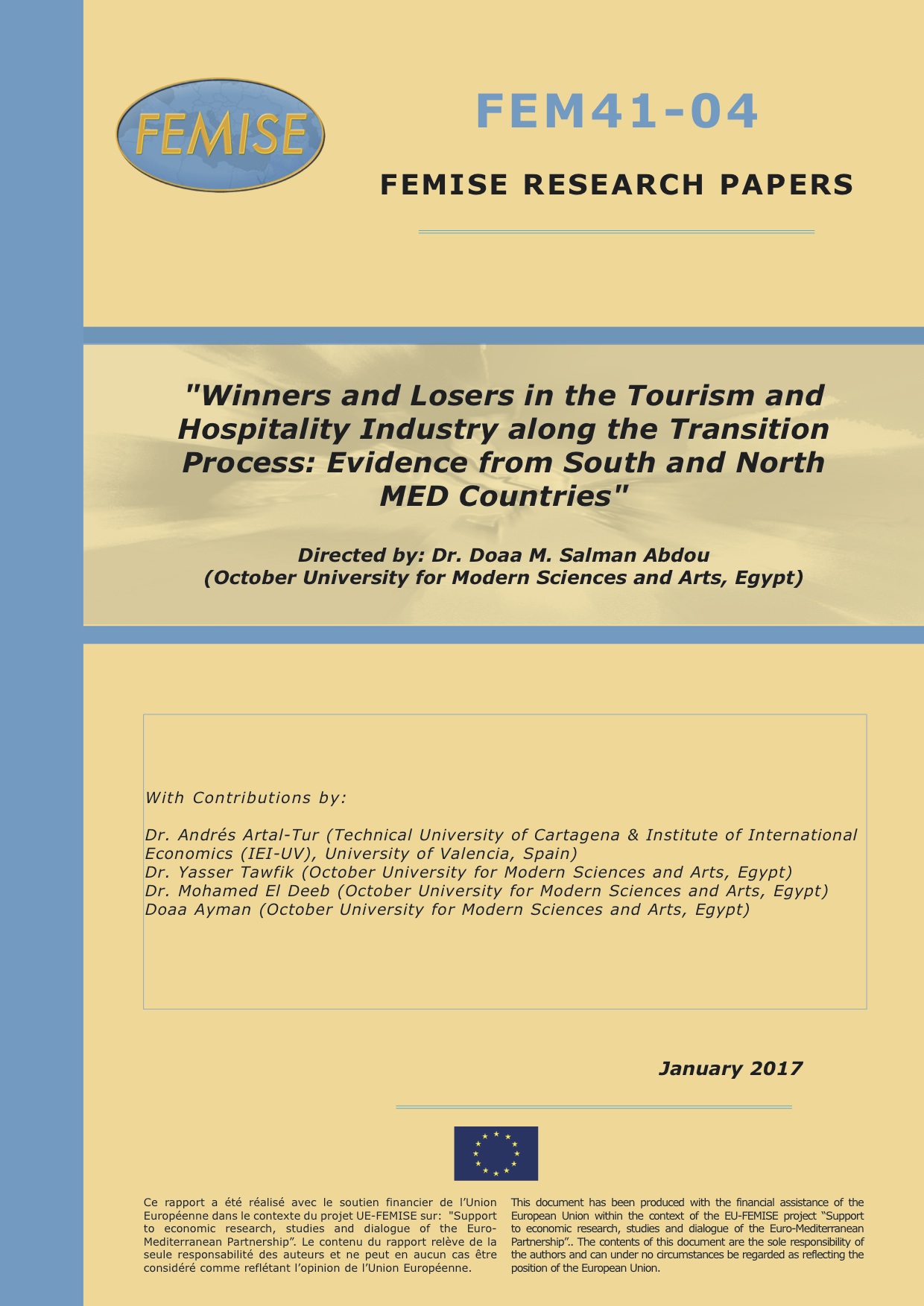Since the Arab Spring and the wave of terrorist attacks, travellers have avoided the Maghreb and Mashrek countries in favor of safe destinations in the northern Mediterranean. In their latest report, Femise economists draw an overview of the situation and provide a roadmap for a sector considered vital for the southern economies. Hotels should adopt new management practices and modify their marketing approaches. However, the main recommendation is targeting new clients. What if the Maghreb region became the new destination for Chinese tourists ?

Hôtel Rammada Plaza at Gammarth, Tunisia (photo : F.Dubessy)
With 250 million tourists spending $ 200,000 million a year, the Mediterranean is among the most popular destinations in the world. A pot distributed unevenly since the Jasmine Revolution in 2011.
In the first few years travellers kept visiting Tunisian beach resorts, however, the jihadist massacre of tourists in 2015 dealt a blow to an activity which accounted for 10% of the country’s GDP. Wealth generated by tourism melted as snow in the sun, falling to only 7% of Tunisia’s GDP.
“Seven million tourists have been diverted from North Africa since 2010. Egypt has lost five million tourists and Tunisia two and a half million,” notes the Femise report, published in January 2017, coordinated by Doaa M. Salman Abdou professor in Cairo (October University for Modern Sciences and Arts, Egypt) in collaboration with Andrés Artal-Tur professor at Valencia (Technical University of Cartagena & Institute of International Economics (IEI-UV), University of Valencia, Spain).
Conversely, Spain, Italy, Greece and Portugal, considered as safe havens, register record levels of attendance. In 2011, tour operators had diverted 12 million trips to Spain. At the beginning of 2016, the Iberian Peninsula showed a record increase: + 13.4% for the Balearic Islands, + 5.1% for Continental Spain, + 6.4% for the Canary Islands and above all + 40% for Portugal.
Increased presence of Asian tourists
This is a phenomenon that scares investors and aggravates unemployment. Entitled “Winners and losers in the tourism and hospitality industry along the transition process”, the Femise (FEM41-04) report advocates a number of ideas for increasing tourism-related revenues.
While the return of political stability and peace seems vital, Femise also suggests to put emphasis on the neighborhood policy and intensify training for hotel managers in the south of the Mediterranean.
Efforts have been made in Tunisia and Egypt to attract international tourists but with limited success. For the time being Europe is capturing these flows. “Growth in the number of visitors from Asia and North America to European destinations will continue in the future”. The report concludes that “ the Mediterranean ought to maintain a high level of competitiveness”.
The report is available (in english) and can be accessed at the following link.
To subscribe to the Econostrum Newsletter : http://www.econostrum.info/subscription/


